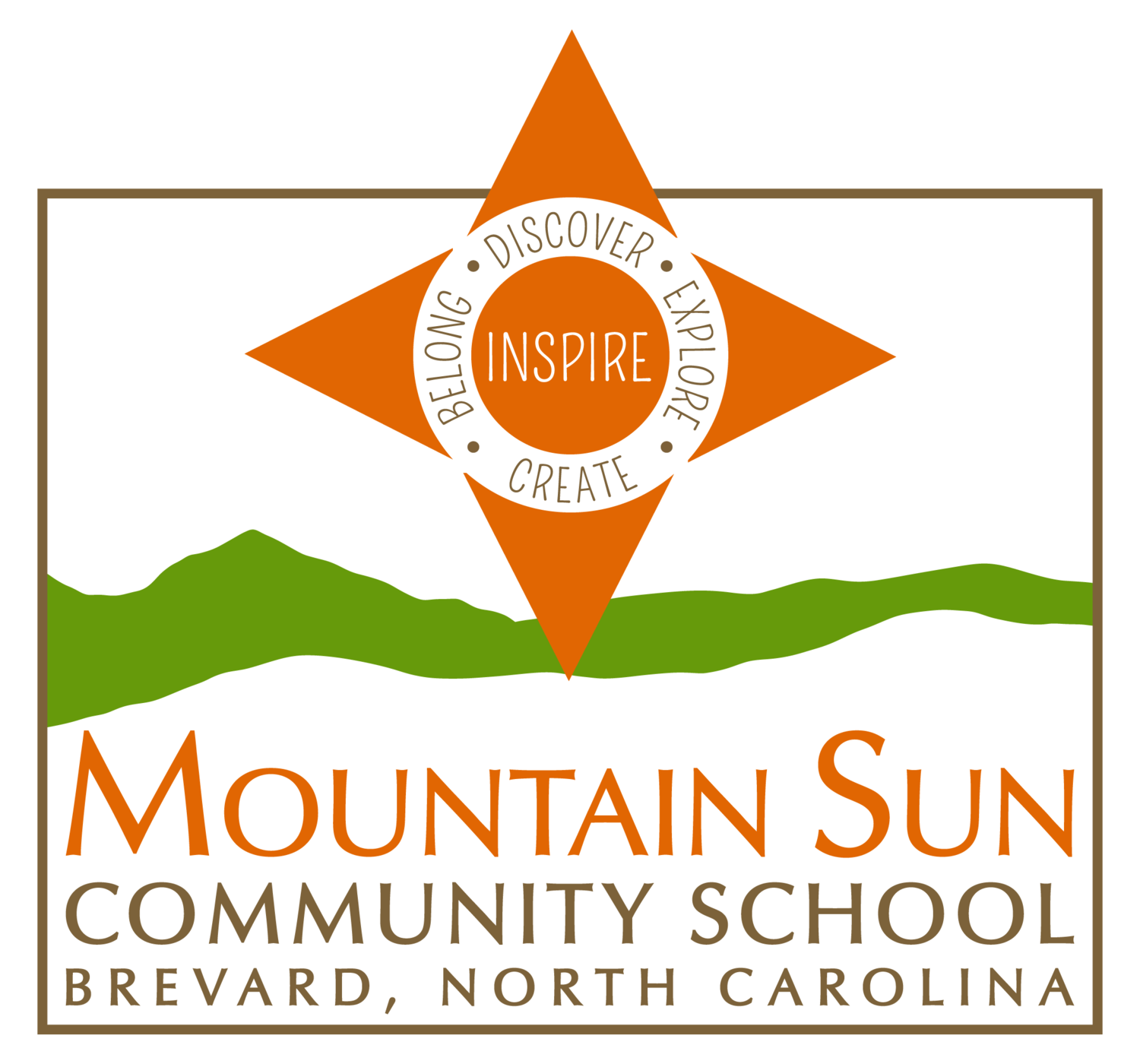Middle School
INSPIRE
Middle School (Coyote) students are led by Daniel Sprinkle. Daniel’s teaching philosophy is centered on respecting the dynamic growth of adolescents. He writes: “Teenagers are people, too. Great people, in fact. And though society often tends to overlook adolescence as a ‘phase’ one must survive, I believe it is a time when kids can flourish. By building close, honest relationships with my students, I strive every day to find a way to flourish, both for my students and for myself. Furthermore, academics are a big part of education but so is self-improvement. Through mindfulness in our words and actions, I believe school is a time to better all parts of oneself. We are all learners, and the world is our classroom; I relish the fact that I get to learn along with my students.”
DISCOVER
Education is often done a disservice by being contained to a classroom. The forest, the farm, the workshop, or the studio are all valuable “classrooms,” and they provide new, often undiscovered places to find hidden passions. By turning over a rock and asking, “What is that thing?” a student has begun the process of exploration that could include biological diversity, historical analysis, and statistical variation. Though our passions lead our explorations, the Coyote class is held to a high standard of rigor and challenge in an array of subject areas. Through self-directed study, students learn the benefits of mindfulness, as being aware helps one to organize, critique, and improve one’s own work.
EXPLORE
This class likes to be out and about! A large part of education is opening yourself to new experiences, and there’s a big world out there to discover. Through multi-day backpacking trips, students push their limits in many ways, focusing on their role in the great natural world outside. The more exposure a person has to her environment, the more she feels a part of it. Looking at a river, a student can appreciate its beauty. But through a deeper study of that same river, she might see how her own actions affect the health of that river, and thus, how her actions affect the life in that river. Further downstream, perhaps, she may even see how her own livelihood depends on the health of that same water. The river is but one place to find these connections. Local farms, watersheds, managed forests, urban areas, and small business all offer ways that we are connected to the land and each other.
CREATE
There is a rumor that John Lennon wanted to record some parts of the Beatles Revolver album with the microphone underwater just to see what it would sound like. About 90 years earlier, and after about six thousand misfires, Thomas Edison apparently found a successful lightbulb filament by using bamboo. So what, you ask? Creativity is what! Sometimes, as humans, we (just like Lennon) need to get that expression out. Singing, banging on a homemade drum set, stacking rocks, designing a ball gown, baking a cake – – they all provide a way to create something new, something unique. But just as often (and just like Edison), creation is borne of necessity. The world is getting warmer. So what are we going to do to fix it? Small acts of ready-to-burst expression and massive acts of ingenuity alike are ways that we put our minds to work, always striving to be bold, always striving to create.
BELONG
Though Paul Simon said, “I am a rock,” to counter John Donne’s statement that, “No man is an island,” the truth is probably somewhere in between, where we can confidently be independent because we know that we belong to a bigger family (maybe like an archipelago)! We, and especially adolescents, all need time to be alone, to introspect, to find solitude. But likewise, we are social animals, and we have a fundamental need to live and to work that way. From small group literature circles where students discuss and critique with one another to large group debates, where we learn to argue rationally and respectfully, students in this class are building self-confidence while simultaneously learning to mindfully engage their peers. Though social conflicts are unavoidable, by middle school, students are expected to be able to verbalize their emotions and to find collaborative solutions. After all, we rely on each other, both within the classroom and with the greater community. Through being an active part of the political, business, and arts communities of our area, students continuously engage with the bigger world, underlining the fact that, though we are unique, we belong to something much larger.





